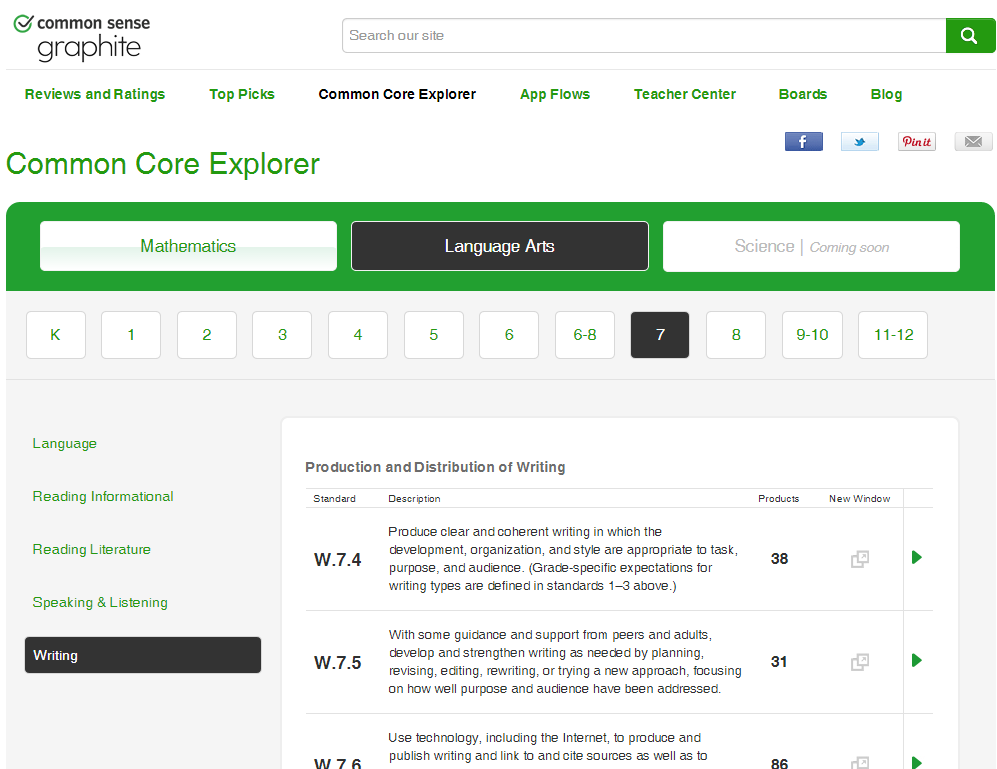In describing the digital writing process for students, Hicks (2013) states that "being intentional moves them closer to becoming active, informed citizens who craft messages in smart, productive ways (p. 20)." My focus for this post is to explore what it means to be intentional about writing through the choices we make in developing a digital text. Hicks (2013) said that he wants “to open up our thinking about both what counts as ‘writing’ in our classrooms and what counts as ‘quality’ in the writing our students compose (p.18).” It is possible for a student to teach themselves how to write for a digital audience, but teachers can help students engage in purposeful, intentional writing for digital media and better prepare them for their future. For years now, we have seen an explosion online in the types and amount of digital media contributed by individuals across the globe. Writing to share via social media seems to happen easily for students who have grown up with the Internet and easy access to digital tools. It is quite a shift for many teachers to even consider digital text and social media posts as official pieces of writing. I have come to appreciate the time and consideration it takes to compose a tweet because selecting the precious words that will make up my 140 character maximum text determines how my audience perceives my comment. In that case, creativity means using acronyms, symbols, initials, and coding to most effectively communicate my intention to my followers. Hicks (2013) states that “there is no scarcity of digital texts in our world,” and students are becoming more aware of the power they have in crafting and designing their digital presence (p. 19).
 |
| Fig. 1 Common Core Explorer on Graphite.org |
For those of us who are not trained writing teachers, we have many web-based resources that can help us.
ReadWriteThink is a place for teachers and parents to learn how to develop student language skills and much more. A whole section of
Graphite, by Common Sense Media, (Fig. 1) is devoted to the Common Core State Standards in English Language Arts and Math. Using this type of resource for professional development as teachers of writing will benefit our students as they learn to author and create digital texts. I remember lessons I used that involved 'typing from your thoughts' activities to challenge students to practice their keyboarding skills while they had to think on-the-spot about what to say. I supplied the writing prompt, and they spent 10-15 minutes developing a paragraph. After several attempts to stop the poorly-written, low-quality results, I quickly learned that the part they needed direction on was 'thinking.' Being intentional about their writing and crafting high-quality texts means students must learn how to take a thought and use words to express it efficiently and effectively for maximized audience engagement. It is an essential step in the process of developing authors who think "critically and creatively about ways to craft digital writing across genres and media (p.23)."
 |
| Fig. 2 Teacher Blog Home Page |
Many teachers in our system have a blog they use for instruction and discussion by students on curricular topics (Fig. 2). Younger students who may not be able to publish their own blog or webpage can contribute to their
teacher's blog for digital writing experience. Knowing who their audience will be and how their writing will be published are key factors in how a student may develop intention, choose elements and phrases, and incorporate multimedia components in their writing. Students will employ higher-order thinking skills when given the opportunity to bring an idea or concept to life in their own creative way using a combination of paper and pencil drafting and storyboarding, digital writing tools, and a teacher-managed publishing space. A digital text that provides readers with an opinion on a current event might include images, a video clip, and an invitation to share thoughts on the subject. For a student to develop this text requires planning out the steps necessary to research the topic, make decisions about how they feel, develop an opinion, and prepare to defend it based on comments they may receive. I am in favor of Hicks' recommendation to use a "workshop approach" and the MAPS idea to accomplish writing instruction while "integrating the sensibilities of what it means to be 'digital' in terms of both technology and citizenship (p. 20)." Having several of these workshops each school year and building various elements into each one will allow each student to make substantial progress toward becoming digital authors.
References:
Hicks, T. (2013). Crafting digital writing: Composing texts across media and genres.
Image retrieved from:
http://www.graphite.org/standards/common-core/ela
Image retrieved from:
http://podcasts.shelbyed.k12.al.us/a2clark/

